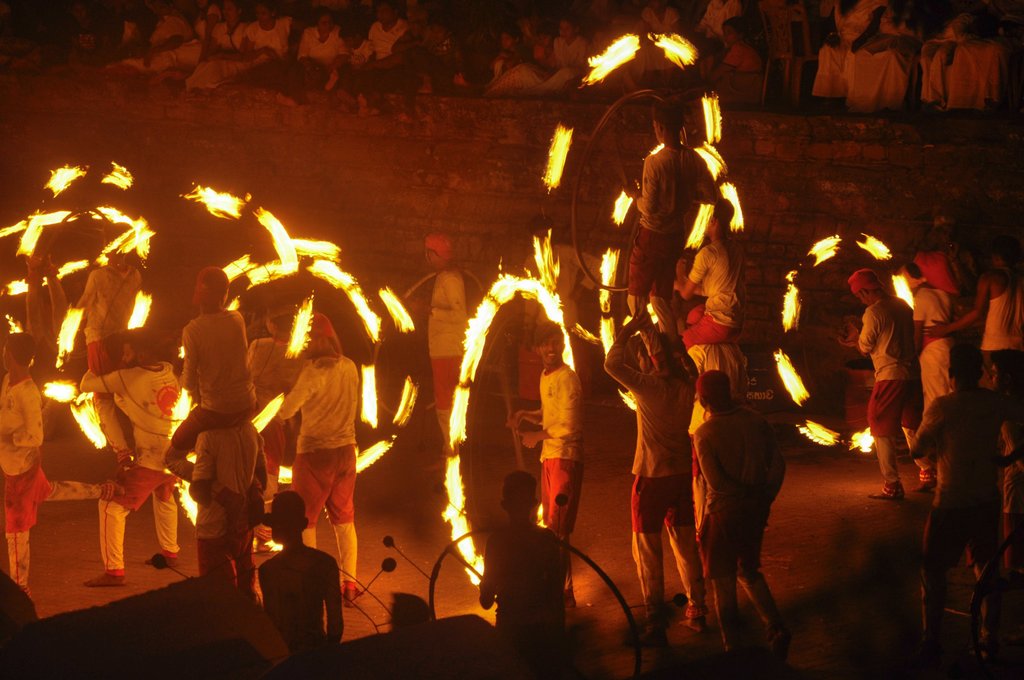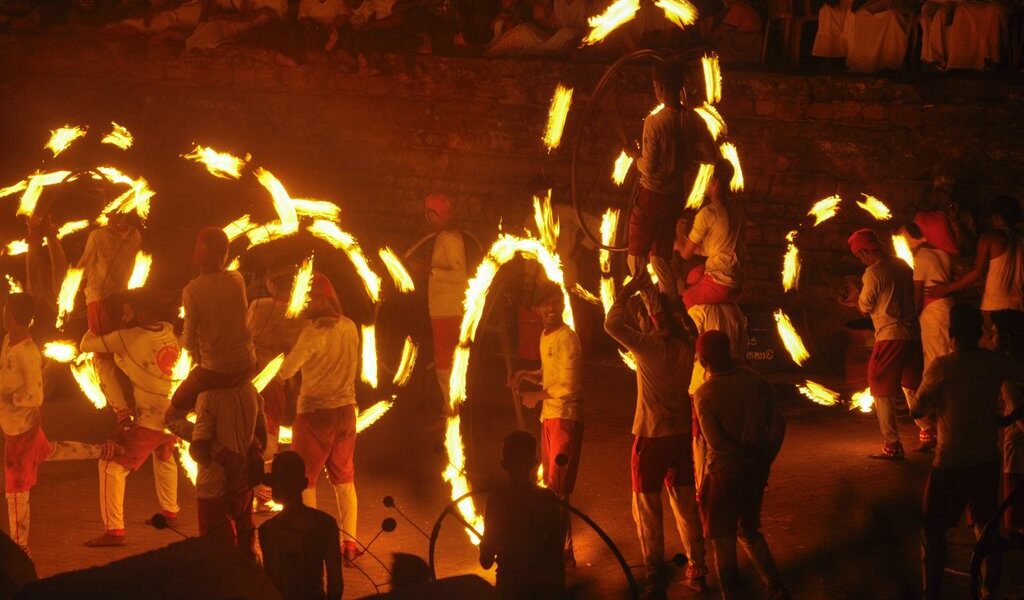
Sri Lanka’s two distinct monsoon seasons truly make it a year-round destination. While July is a wet month in southwestern Sri Lanka, the island’s northeastern half will be dry. This is a good time to explore national parks, wander along deserted beaches, and enjoy July’s colorful festivals.
## A Comprehensive Guide to Exploring Sri Lanka in July
Sri Lanka, the pearl of the Indian Ocean, offers a diverse range of experiences for travelers throughout the year. While many associate specific seasons with ideal travel conditions, July presents a unique opportunity to discover a different side of this captivating island nation. This guide delves into the weather patterns, crowd dynamics, recommended destinations, exciting activities, and vibrant festivals that make Sri Lanka a compelling choice for a July getaway.
## Weather Patterns in July
Understanding the weather is crucial for planning your Sri Lankan adventure in July. The island experiences distinct monsoon seasons, impacting different regions in varying ways. In the southern and western parts of Sri Lanka, the Southwest monsoon typically extends from May to September. However, it’s important to note that this doesn’t necessarily preclude travel during this period. Rainfall tends to be intermittent, with showers often followed by periods of sunshine. Rarely do these showers persist throughout the entire day.
Over the course of these five months, the southwestern region of Sri Lanka generally receives a substantial amount of rainfall, ranging from 20 to 120 inches. The towns located near Horton Plains National Park, situated at mid-altitude, tend to experience the highest levels of precipitation. Conversely, the eastern, northern, and higher-altitude regions generally receive significantly less rainfall during this period.
The monsoon rains in southwestern Sri Lanka bring with them a welcome respite from the heat. Temperatures tend to be milder during this time. In Colombo, for example, average high temperatures in July hover around 86°F, while average low temperatures are around 79°F. Moving inland to Kandy, which is located at a higher elevation, highs are generally around 82°F. The hill station of Nuwara Eliya, renowned for its tea plantations and cool climate, experiences even lower temperatures. Situated at a high altitude, Nuwara Eliya can see temperatures dip as low as 55°F during the month of July.
In contrast to the southwest, the northern and eastern regions of Sri Lanka tend to be drier in July. However, this dryness is often accompanied by higher temperatures. In Jaffna, the average high temperature in July is a scorching 91°F. Further south in Trincomalee, temperatures can reach a sweltering 95°F. The Cultural Triangle, known for its ancient ruins and historical sites, also experiences relatively little rainfall during this time. However, visitors should be prepared for potentially windy and hot conditions in this region.
## Crowd Levels and Travel Costs
The arrival of the Southwest monsoon typically leads to a decrease in tourist crowds in July. While Sri Lanka remains a popular destination year-round, the monsoon season tends to deter some travelers. However, it’s important to remember that school vacations in the Northern Hemisphere, which often occur from June to August, can still attract a considerable number of visitors. Despite this, overall crowd levels are generally lower in July compared to peak tourist seasons. This can translate to a more relaxed and intimate travel experience, with fewer queues and less congestion at popular attractions.
The lower crowd levels can also have a positive impact on travel costs. Accommodation prices, in particular, may be more competitive during this period. Airlines may also offer promotional fares to attract visitors during the monsoon season. Therefore, July can be a budget-friendly time to explore Sri Lanka, allowing you to stretch your travel budget further.
## Recommended Destinations
Despite the monsoon season in the southwest, July offers a plethora of exciting destinations to explore in Sri Lanka. The east coast, in particular, shines during this month. Trincomalee and Batticaloa, located on the eastern shores of the island, are excellent choices for a July getaway. These cities offer a delightful mix of history, culture, and natural beauty. Visitors can explore the historic forts that stand as testament to the region’s rich past. The pristine beaches of the east coast provide the perfect setting for sunbathing and relaxation. July also marks the beginning of whale-watching season in Trincomalee, offering the opportunity to witness these magnificent creatures in their natural habitat.
South of Trincomalee and Batticaloa, you’ll find Yala National Park, renowned for its diverse wildlife, and the pilgrimage town of Kataragama, a significant religious site. July is a particularly special time to visit Kataragama, as the annual Kataragama Festival takes place during this month. This vibrant and colorful festival attracts pilgrims from all over Sri Lanka and beyond.
For those interested in exploring the northern reaches of the island, the city of Jaffna offers a unique cultural experience. Located at Sri Lanka’s northernmost tip, Jaffna provides visitors with the opportunity to learn about Sri Lankan Tamil culture, which is distinct from the Sinhalese culture prevalent in the rest of the country.
## Exciting Activities
July presents a range of exciting activities for travelers to enjoy in Sri Lanka. Wildlife enthusiasts will find plenty to see and do. As mentioned earlier, July marks the beginning of whale-watching season in Trincomalee. This is the time when many marine animals migrate through the waters off the east coast, including majestic blue whales, sperm whales, and playful spinner dolphins. Boat tours are readily available, offering the chance to witness these incredible creatures up close.
The dry weather in July also makes it an ideal month to visit Yala National Park. During this time, the animals tend to congregate around watering holes, making them easier to spot. Yala National Park is particularly renowned for its leopard population, but it is also home to a diverse array of other animals, including birds, crocodiles, elephants, and wild boars. To avoid crowds, it is recommended to visit the park in the afternoon or during a weekday.
Another must-see attraction in July is the Kataragama Temple complex. This unique complex is syncretic in nature, attracting Sri Lankan pilgrims from all religions. Several *poojas* (prayers) are held daily at Kataragama, with the largest one taking place in the evening. Visitors can witness devotees making offerings of flowers and fruit, and the atmosphere is generally crowded and festive. Elephants are also a common sight at the temple complex.
## Vibrant Festivals in July
July is a particularly important month in Sri Lanka due to the presence of some of the largest and most vibrant festivals of the year.
One of the most prominent is the Kataragama Festival, which honors the god Skanda. This multi-day festival typically takes place in late July or August. The festival kicks off with several *peraheras* (traditional processions featuring elephants adorned in elaborate costumes). During the festival, some devotees engage in extreme feats, such as walking on hot coals or piercing their skin with hooks, as a demonstration of their faith. The festival culminates in a “water-cutting ceremony”, where pilgrims bathe and splash in the waters of the sacred Menik Ganga river.
Another significant festival is Aadi Vel in Colombo, which coincides with the Kataragama Festival. Legend has it that this custom originated as an alternative to the Kataragama Festival for those who were unable to travel to Kataragama. During Aadi Vel, colorful chariots are paraded through the streets of Colombo. Dancing and body piercing ceremonies are also common during this festival.
Finally, one of the biggest July festivals in Sri Lanka is the Kandy Perahera. This grand festival, commemorating the Esala Poya day, is typically held in July or August. The focal point of the festival is the sacred tooth relic of Lord Buddha, which is normally housed in the revered Temple of the Tooth in Kandy.
During the Kandy Perahera, the tooth relic is paraded throughout the city by dozens of elephants adorned in vibrant and elaborate costumes. Dancers performing traditional fire dances also accompany the procession. If you plan to be in Kandy during the Kandy Perahera, it is essential to make your arrangements well in advance. This includes booking your accommodation and securing a seat along the parade route. Street seating with a good view of the parade must be booked in advance, and prices can be quite high, especially closer to the event.
Visiting Sri Lanka in July offers a unique and rewarding experience. Despite the monsoon season in the southwest, there are plenty of destinations to explore, exciting activities to enjoy, and vibrant festivals to witness. With careful planning and preparation, you can create an unforgettable Sri Lankan adventure in July.
B-2514

